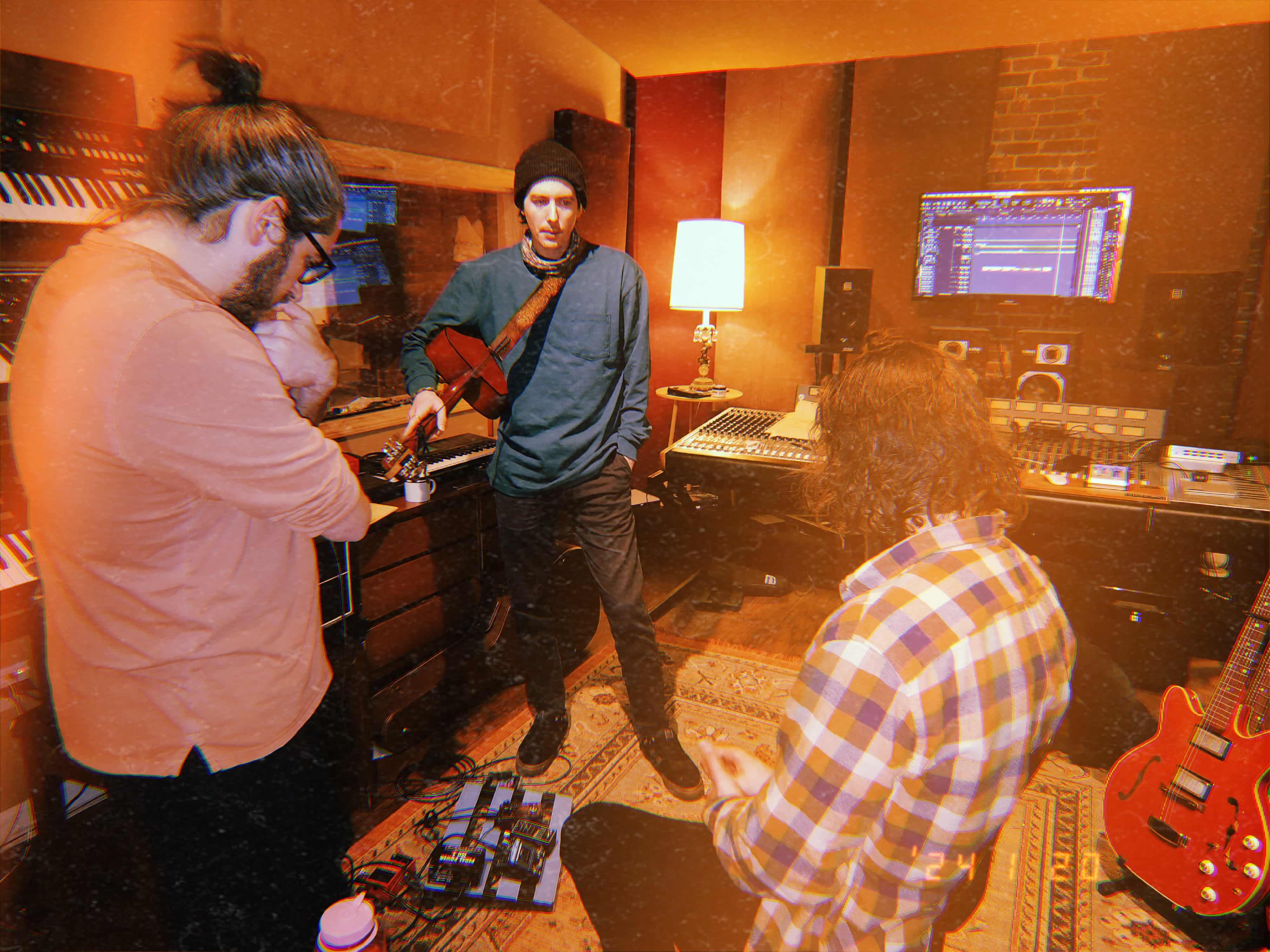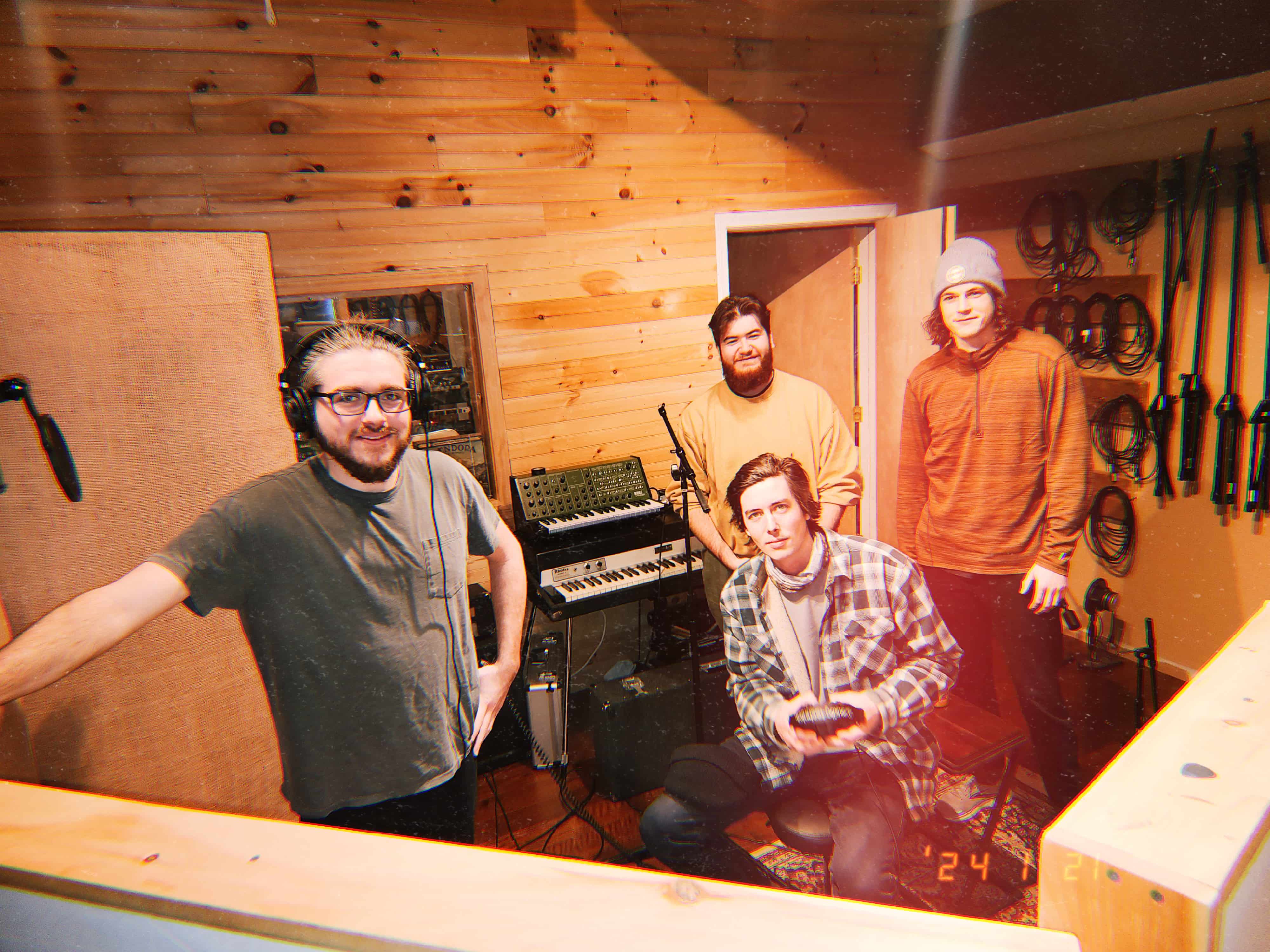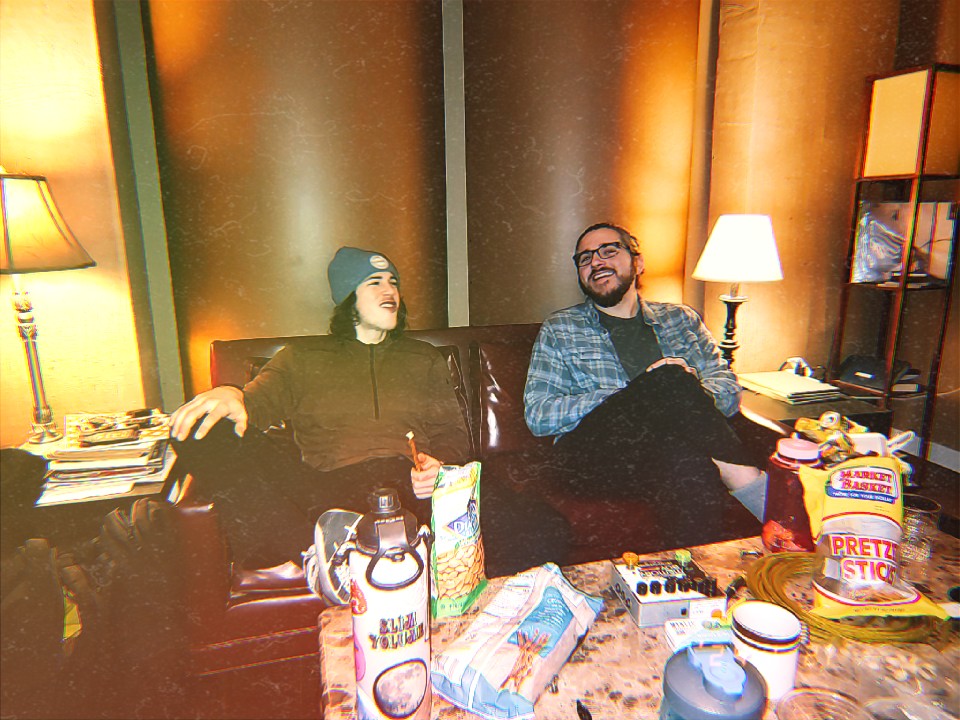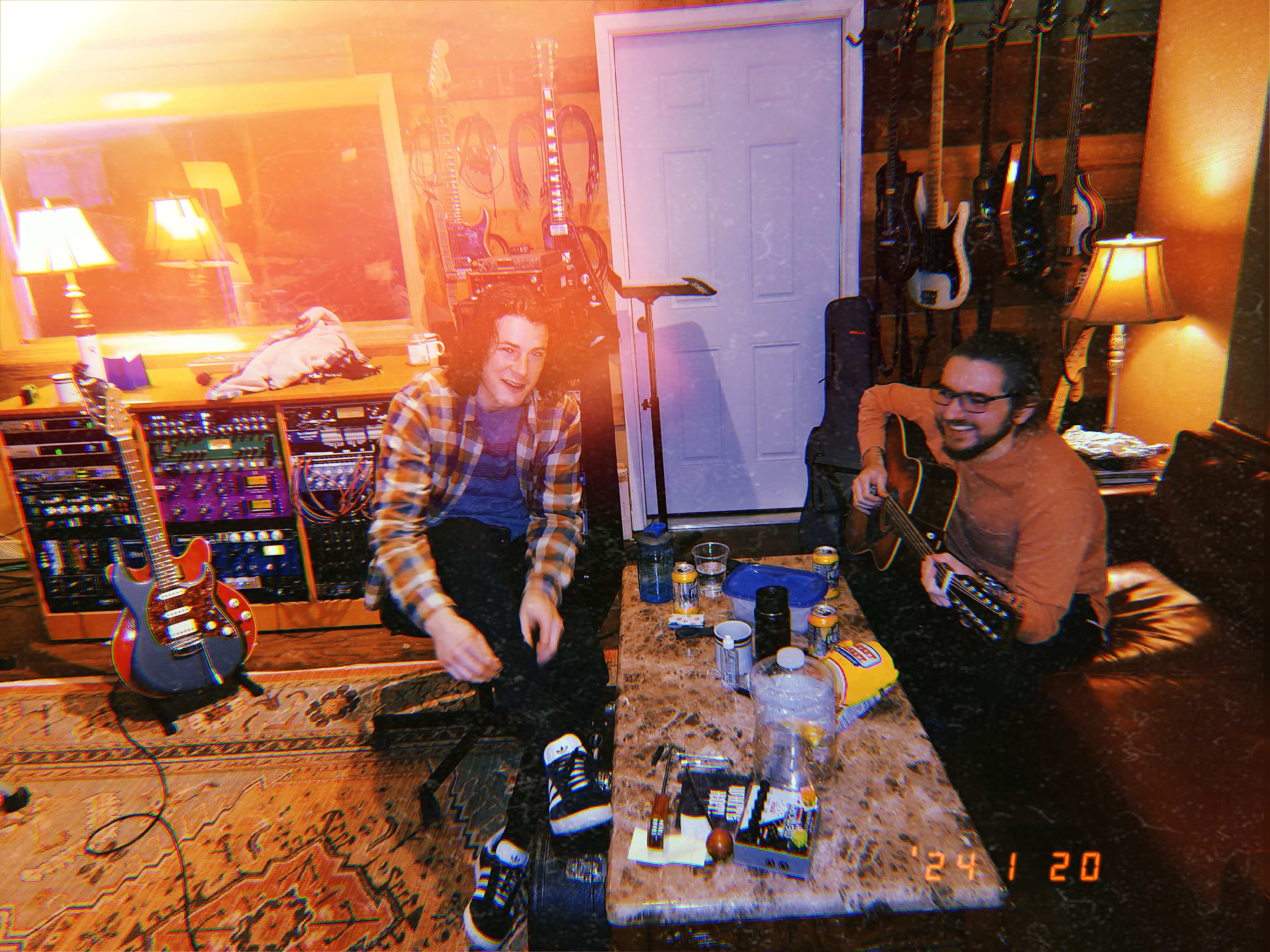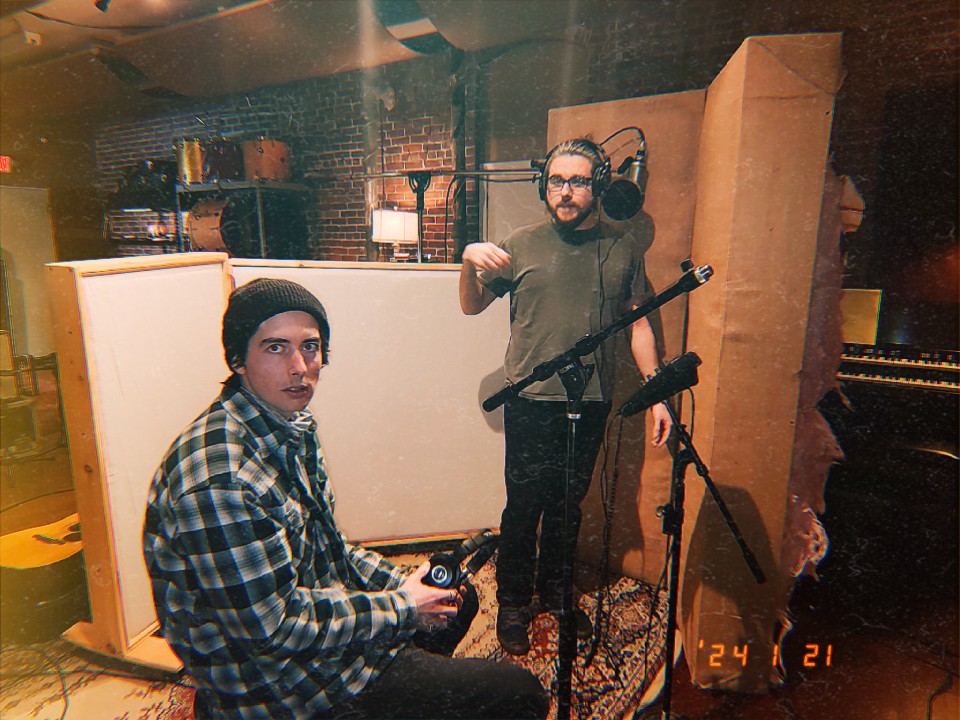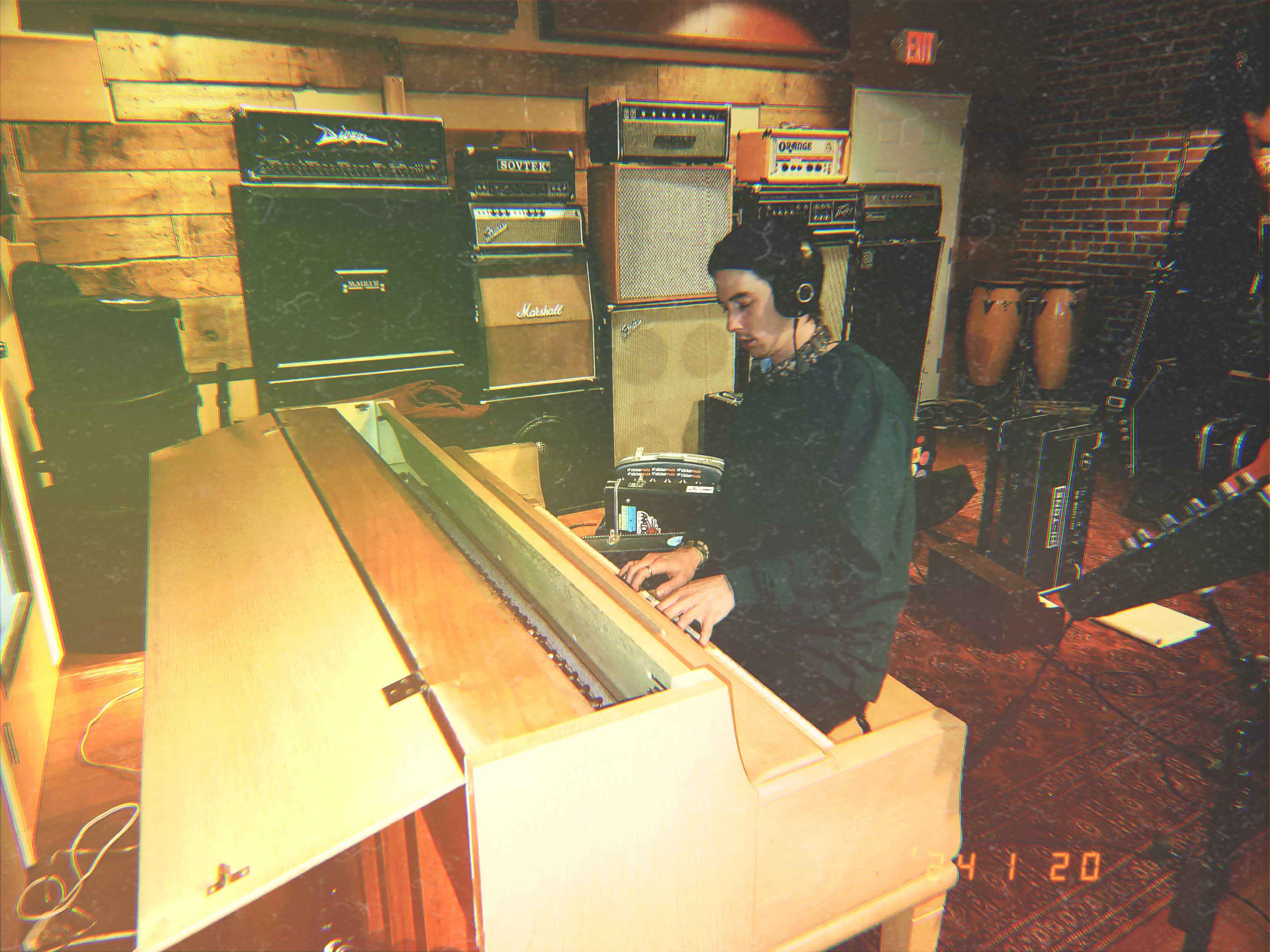If you’ve been following us on Instagram lately, you might know that we’ve been hard at work recording a set of songs for some new releases coming this year. We’re really excited to share what we’ve been working on—the first of which is our new single Talk It Over, out 2/16. You can pre-save the new song on streaming services here.
Recording music in a studio can be intimidating; overwhelming. The days are long, and there’s so much to get done.
First come the drums—the foundation of the song. There’s probably other ways to record drums, but the way we’ve done it, the whole band plays together—guitars, bass, and even vocals are there during these takes—but the real pressure is on Jonny. He’s got to get a near-perfect take of the song. The tempo needs to be consistent. The fills need to be clean. Even one mistake means another take, and that means the whole band needs to play the song again from the top.
SV TV | Blackheart Recording Studio BTS

I always feel for drummers in the studio. In some ways they have the hardest job, and they need to do it first. Everyone else gets to play through the first few takes knowing their mistakes don’t really matter.
Jake screwed up a bass note? Not to worry. He’ll re-record that anyway.
Mike or Trent flubbed a chord on guitar? Eh, we’re going back to record clean take later. Carry on.
But one missed cymbal crash? A single ill-timed tom hit? Back to ground-zero. Take it from the top. You need ice-water in your veins to be a drummer. Lucky for us, Jonny’s got it.
Next come bass and guitars. As the bass player, I’ll admit that my job is the easiest. Usually I can get through a song in just a couple takes. I’m not trying to be Jaco Pastorius over here—simple, melodic bass lines work just fine for me.
Then I get to sit back and watch Trent and Mike work their six-string magic. I’m always amazed by the invention that goes on in the studio. No matter how many times you’ve played a song, it always changes at least a little bit once it comes time to record it. I find this is especially true for guitar parts. I’ve seen Trent and Mike invent new guitar melodies and motifs in the studio that totally make a song. Parts that are so integral, you wonder how the song existed without them before. Mike plays a solo at the end of our new song “Big Plans,” for example, that I can’t wait for people to hear.
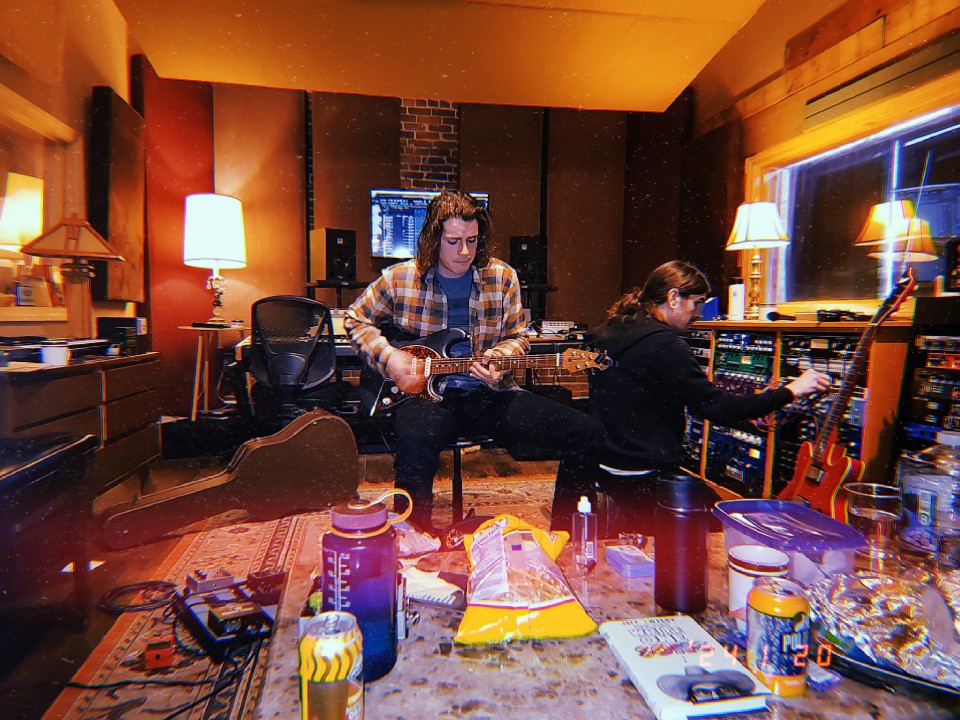
Trent and Mike have gotten really good at writing parts that speak to each other. Call and response. Complimentary styles and tones. It’s a conversation. I got to see it firsthand at our last session. Working on our new instrumental song “Capo 7,” Mike had a lead guitar idea—not yet fully formed, but a nugget that he’d develop over a few takes: a silky smooth soulful octave riff, perfect for the song’s mysterious vibe. There’s the call. Then Trent provided the response with an angular, picked indie-rock-style riff. Two different styles of playing, two different tones, complimenting each other and filling up the song nicely.
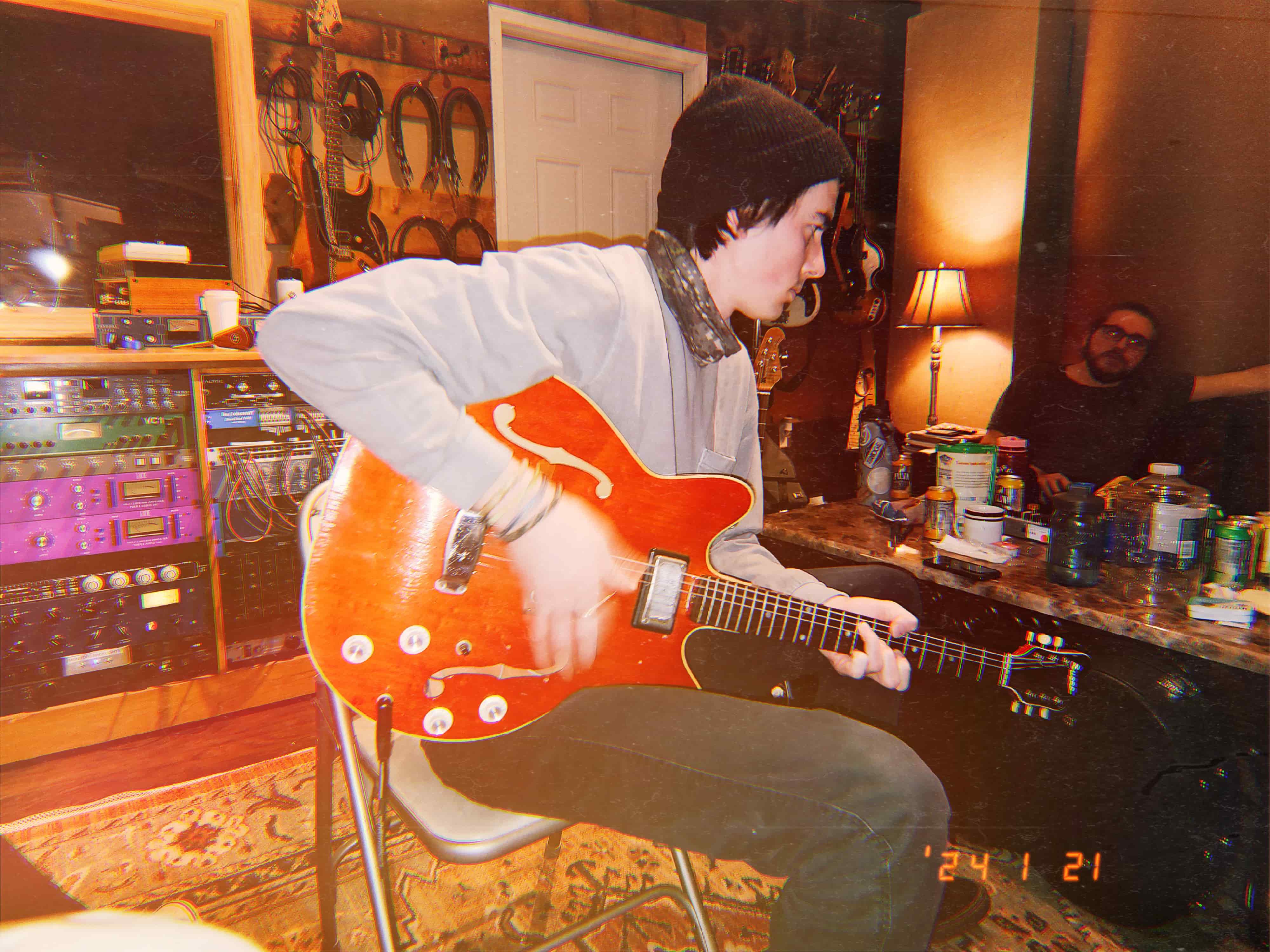
And I get to sit on the sidelines and toss melody ideas at them while they’re hard at work—fun for me, possibly frustrating for them. But they take them in stride.
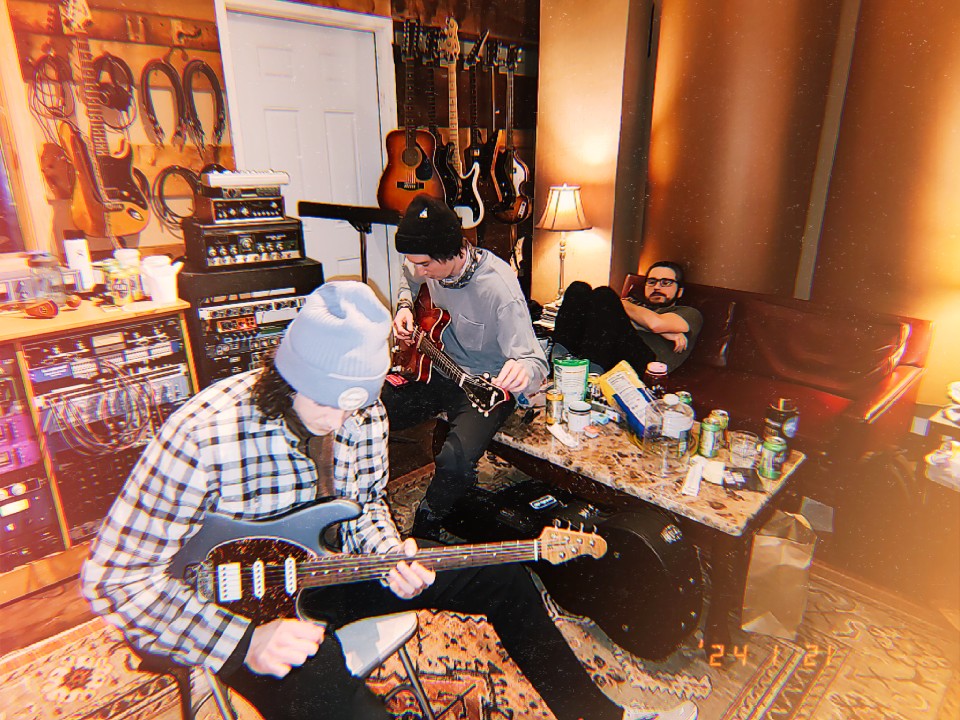
Then comes vocals.
*Nervous gulp*
There is something so vulnerable about recording your own voice. You know that feeling when you hear yourself talking in a video and you cringe a little bit. “Is that my voice?” Recording vocals is kind of like that feeling, except a room full of musicians, plus a professional recording engineer are listening back to spot any little mistake.
No pressure though.
Sometimes after recording what I thought was a great first take, I’ll listen back to what I did and want to give up singing forever. Thoughts swirl:
A couple notes are flat.
I can’t stand the way I sang that one word.
That’s not how it sounded in my head.
I’ve gotten better at the mental aspect of singing than I used to be. I’ve learned that the mistakes help you find what the vocal performance needs to be. Sure, the vocal booth can be a lonely, isolated place when things aren’t going well, but it’s also so much fun when they are. Layering harmony tracks has to be my favorite—it reminds me of making demos at home. I can fall into a zone. “Oohs” and “aahs” are especially cozy.
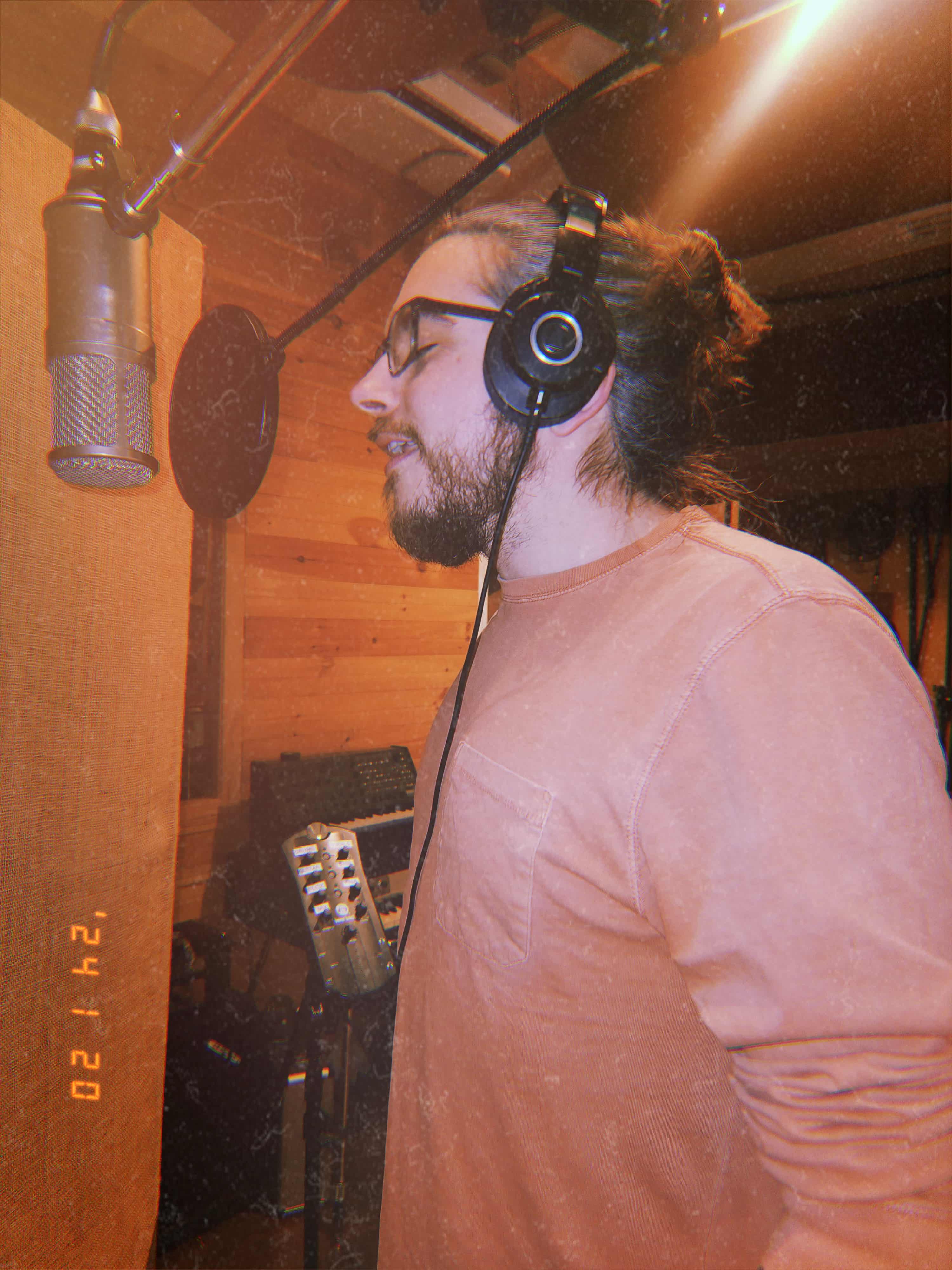
Thankfully, I’ve got Trent to work with. On top of being a great singer, Trent isn’t afraid of the moment, not scared to make a mistake in search of the right way to sing a song. I’ve learned a lot from his approach and mentality.
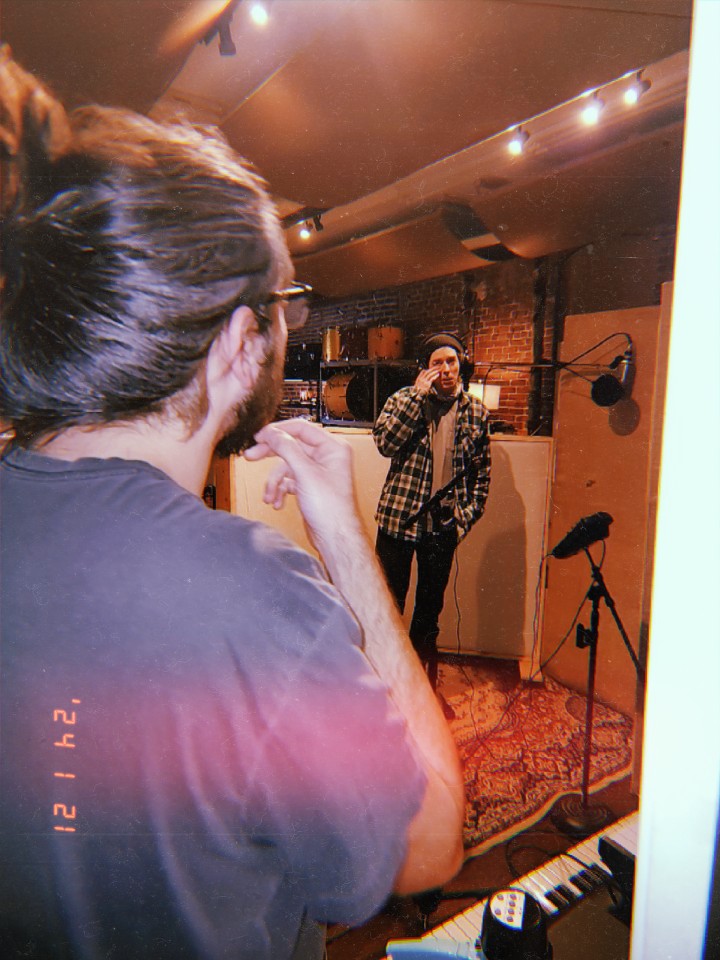
And I think we’ve gotten pretty good at working out vocal parts together, too—tweaking melodies and harmonies on the fly, changing lyrics at the last second because a word just isn’t “singing right,” giving each other subtle notes on performance, timbre, tone. It’s very nuanced stuff, vocals, and it can be easy to get flustered or defensive. But when it comes together in the right way, there’s no better feeling. Not for me, anyways.
That’s all for now. Looking forward to sharing more of these little diary entries as the year goes on. Can’t wait for what’s in store in ‘24!
–Jake, 1/31/24
